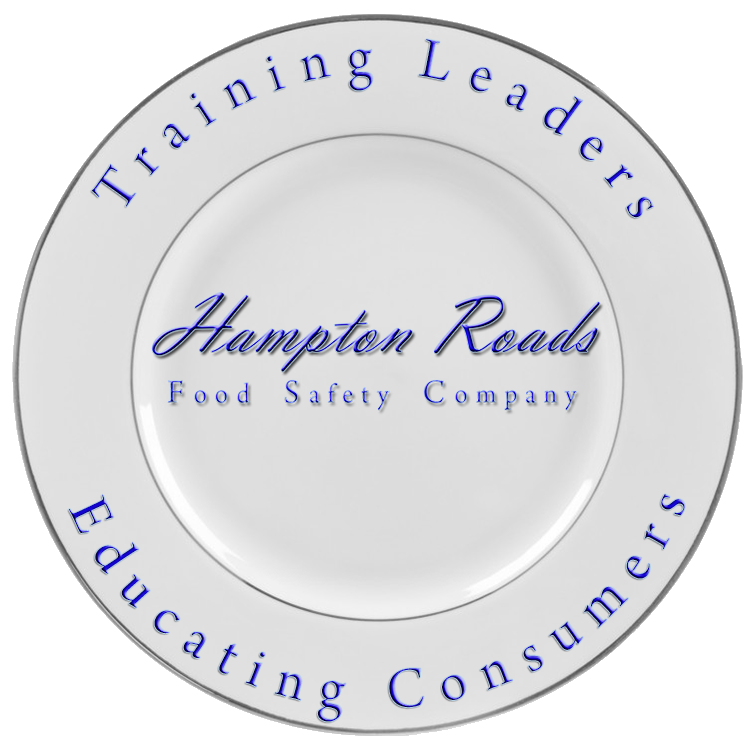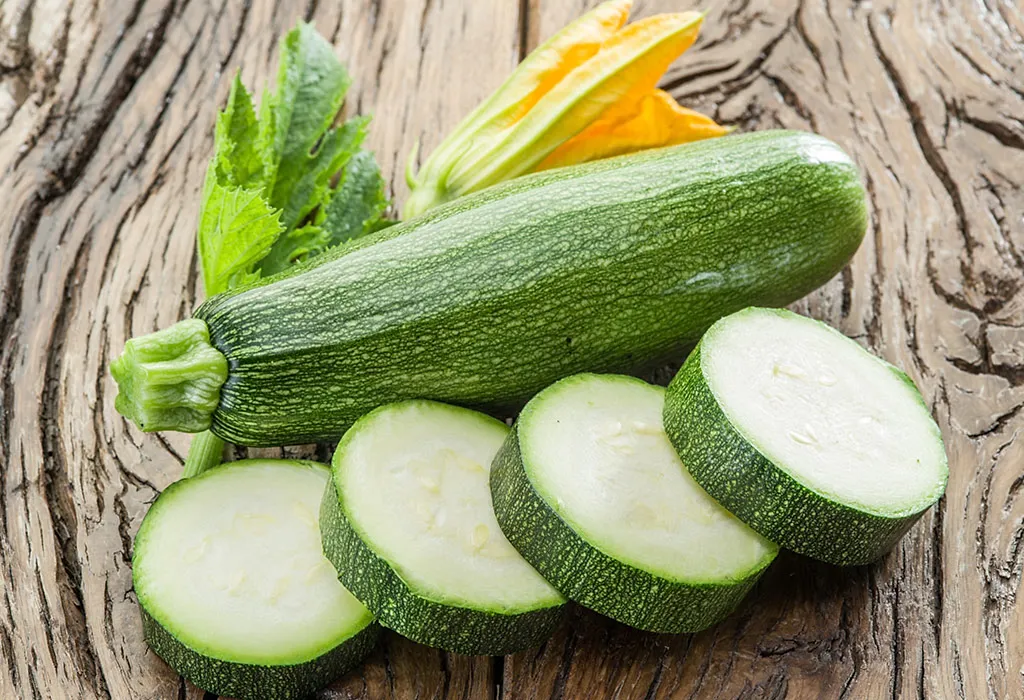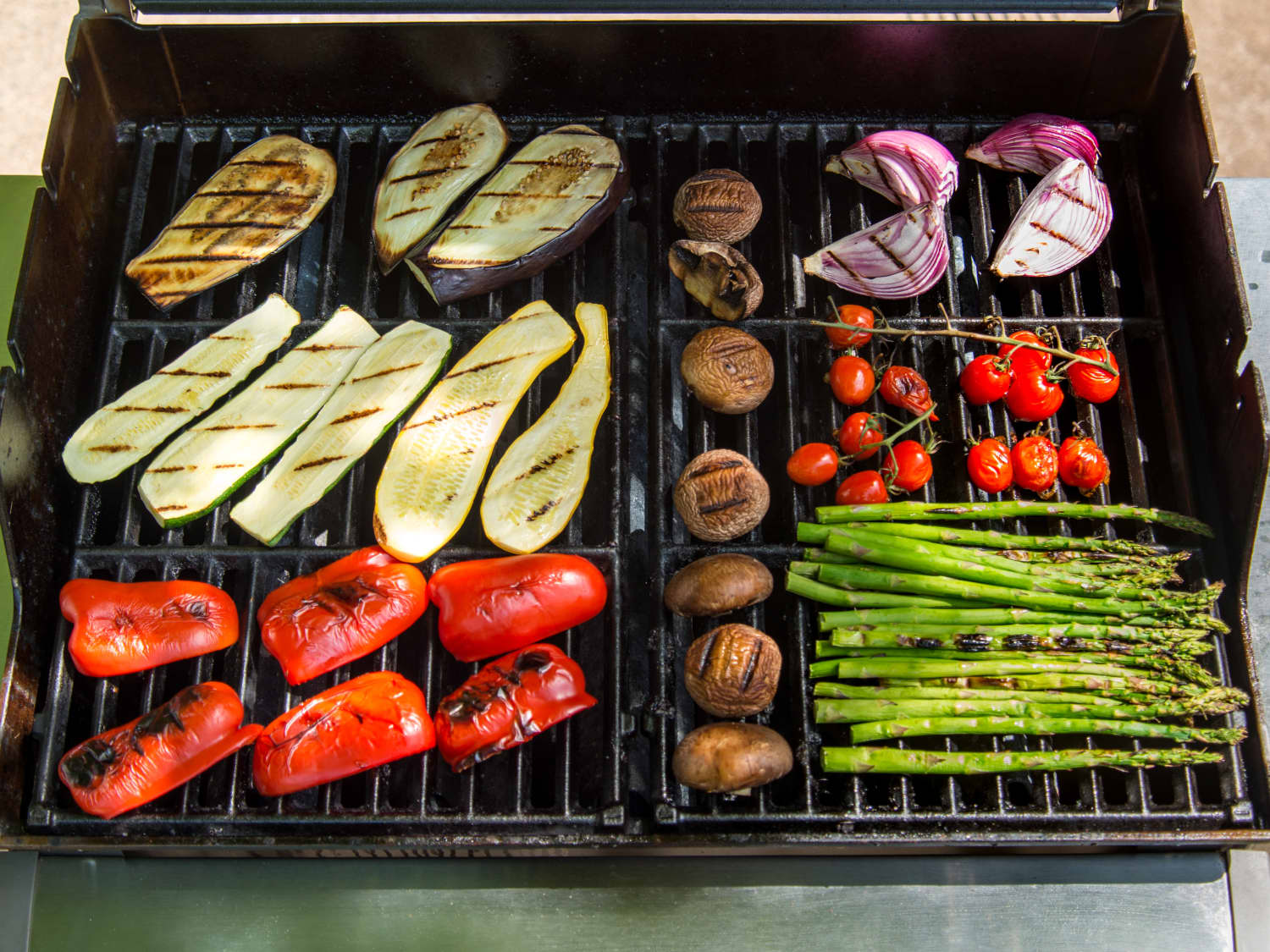FOOD FOR THOUGHT
Food Safety Confidence Outpaces What People Really Know in the Kitchen
Research twice, cook once, when considering your next homecooked meal according to the National Restaurant Association. Data shows a large gap between consumer trust in food safety training and their actual knowledge of best practices.
The national online survey of 1,010 adults assessed practices and perceptions of safe food handling in the home and in restaurants.
When it comes to restaurant dining, 94% of consumers have confidence that the food prepared is safe, and 98% say all employees in a restaurant should be properly trained in food safety. This confidence carries over to takeout, with another 93% saying they are very (41%) or somewhat confident (52%) that the food is safe to eat.
Food safety is paramount to the success of a restaurant, so it’s no surprise that consumers are confident that restaurants are properly training staff according to Patrick Guzzle, VP of Food Science and Industry with the National Restaurant Association. “Food service workers are required to know tremendous amounts of information because, at the end of the day they want to ensure the safety of their customers. For people at home, we hope this survey opens their eyes to important food safety practices.”
When asked about cooking at home, only 14% of consumers feel confident they know recommended practices for the safe handling and preparation of food. For example, while 78% of adults say they are very familiar with raw meat preparation, only 53% know the proper internal temperature for cooked chicken is 165 degrees falling to 32% for Gen Z adults.
Serving undercooked chicken can cause severe food poisoning or even death, according to the Centers for Disease Control and Prevention
Some Generations Know More Than Others
The data shows most (70%) people are confident they are familiar with the recommended food safety practices restaurants are required to follow. Millennials are the most confident that they are familiar with the practices (76%), while Boomers are the least confident (66%).
When it come to allergens, nearly two-thirds of people 63% say they are familiar allergen considerations. Boomers have the lowest level of familiarity (54%) while millennials (72%) and Gen Z adults have the highest (71%)
Despite familiarity with allergen considerations, 86% of respondents feel peanut butter and jelly sandwiches are safe for children’s menus at restaurants. Yet few restaurants offer peanut butter and jelly sandwiches on kid’s menus because of allergen requirements.
FOOD FOR THOUGHT
Food Safety Confidence Outpaces What People Really Know in the Kitchen
Research twice, cook once, when considering your next homecooked meal according to the National Restaurant Association. Data shows a large gap between consumer trust in food safety training and their actual knowledge of best practices.
The national online survey of 1,010 adults assessed practices and perceptions of safe food handling in the home and in restaurants.
When it comes to restaurant dining, 94% of consumers have confidence that the food prepared is safe, and 98% say all employees in a restaurant should be properly trained in food safety. This confidence carries over to takeout, with another 93% saying they are very (41%) or somewhat confident (52%) that the food is safe to eat.
Food safety is paramount to the success of a restaurant, so it’s no surprise that consumers are confident that restaurants are properly training staff according to Patrick Guzzle, VP of Food Science and Industry with the National Restaurant Association. “Food service workers are required to know tremendous amounts of information because, at the end of the day they want to ensure the safety of their customers. For people at home, we hope this survey opens their eyes to important food safety practices.”
When asked about cooking at home, only 14% of consumers feel confident they know recommended practices for the safe handling and preparation of food. For example, while 78% of adults say they are very familiar with raw meat preparation, only 53% know the proper internal temperature for cooked chicken is 165 degrees falling to 32% for Gen Z adults.
Serving undercooked chicken can cause severe food poisoning or even death, according to the Centers for Disease Control and Prevention
Some Generations Know More Than Others
The data shows most (70%) people are confident they are familiar with the recommended food safety practices restaurants are required to follow. Millennials are the most confident that they are familiar with the practices (76%), while Boomers are the least confident (66%).
When it come to allergens, nearly two-thirds of people 63% say they are familiar allergen considerations. Boomers have the lowest level of familiarity (54%) while millennials (72%) and Gen Z adults have the highest (71%)
Despite familiarity with allergen considerations, 86% of respondents feel peanut butter and jelly sandwiches are safe for children’s menus at restaurants. Yet few restaurants offer peanut butter and jelly sandwiches on kid’s menus because of allergen requirements.








